Physics
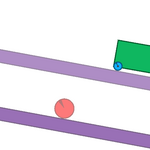
result A-semi
result B-semi
Final
Bronse B-final
result FINAL
result Bronse final - CYL and BDISK
THIS COMPLETES THE RACE
HERE WILL COME SUMMARIES
SUMMARY AT START
FINAL PICTURE
Discussion of physics is to happen here
Here is the end

Embarassingly overdue, the slides of my talk on "Heavy Flavour and Quarkonia Production in 7 TeV pp Collisions", meant for the 2011 Les Houches meeting on "Recent Advances in QCD" to be held next week near Chamonix, France, are slowly coming together. Since these days I seem to be straggling my feet on the blog as well, I decided to kill two birds with one stone. So here you are going to get a short overview of recent measurements of b-quark production by CMS.
While providing the results for experts and beginners alike, I will try to make this discussion as simple as possible (but not…
Einstein’s relativity theory and quantum physics, in theory as well as experiment, are extremely concerned with light. This comes directly from the fact that light does not exist as an independent entity – it is plain interaction.
I explained already how relativity makes light’s non-existence obvious. Today, I will tell you why that odd seeming fact only confirms what is known from entirely unrelated quantum mechanics: non-quantum relativity and non-relativistic quantum physics both agree on that light itself does not exist for entirely different reasons!
The quantum aspect which confirms the…

"I had the most remarkable experience this evening. While coming in here, I saw licence plate ANZ 912. Calculate for me, please, the odds that of all the licence plates in the state of Washington I should happen to see ANZ 912."
R.Feynman

Now that the two articles I have worked on in the past two months are finalized, I think I can disclose where and when they will be published. In the March 2011 issue of Physics World you will find two back-to-back feature articles on the LHC in 2011. Author, yours truly.
The first article is a entry-level description of the Large Hadron Collider project. It is a bit of a catch-all, since both the experimental apparata and the physics of elementary particles are briefly introduced, to explain what physicists expect to get out of the study of the proton-proton collisions they will collect this…

Well, I thought that Science 2.0 would be enough for my needs, whatever that means. But then I found Science 3.0, made probably because 2.0 was already taken. Science 3.0 has different aims, it is not about outreach, but about collaboration between scientists. Intersting, but one can safely say in its starting phase. But then - when typing science3 in the address field of the browser, the thing suggested science360, with no numerical points - http://science360.gov/Science is never out of style and there's never a "final frontier".
So I visited science360, there are many videos…
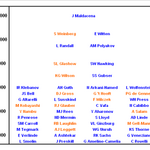
Who cites who? Science funding, tenure track appointments, all that is important to young scientists gets more and more dominated by citation analysis. This is certainly true in physics. Physics is very much a cumulative endeavor. Each physicist builds on earlier work, and therefore each new physics publication will cite the papers it builds upon. It is therefore not unreasonable to link the impact of a paper to the number of citations it attracts.
With large citation databases such as Google Scholar at everybody's fingertips, a citation impact analysis of an individual takes no more…
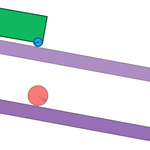
The competitors in this racing are introduced in the previous entry about Galileos inclined plane experiments Galileo And Relativity - But More About Inclined Planes And Fun Simulations, which perhaps have not been really performed, but which we can find in museums. I have also mentioned the simulations with PHUN. I have posed some questions, but nobody seemed to be challenged to answer them. But the topic is interesting, and it is useful for everyday life.
Galileo had one application in mind: shooting projectiles at the enemy; this is not quite my motivation here. In his…
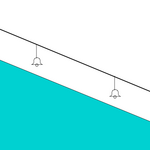
Talking about relativity one should not forget Galileo's great contributions to - or perhaps in fact foundations of - physics. But more fun are Galileos researches on falling bodies and motion of projectiles, all mainly carried out by either real or Gedanken-experiments, the historians are not quite sure there.
But these Galileo experiments have been realized later and are both on YouTube and in Italian museums.
Here is a schematic picture, the rolling ball will produce regular bell sounds.
This experimental device from 19th century can be found in the Galilean musem…
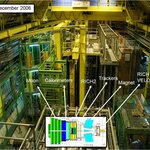
A recent paper in the arxiv describes the observation, in 7 TeV proton-proton collisions produced by the LHC collider in the core of the LHCb detector, of a new decay mode of the particle called "B-sub-s", a meson which is a bound state of a anti-bottom-quark and an s quark.
B-sub-s mesons are important particles created at high rates in hadron collisions. The heavy bottom quark they contain decays into a charm quark in about a picosecond, giving rise to a rich pattern of possible final states and, more importantly, allowing a very clean separation of backgrounds due to the long lifetime of…